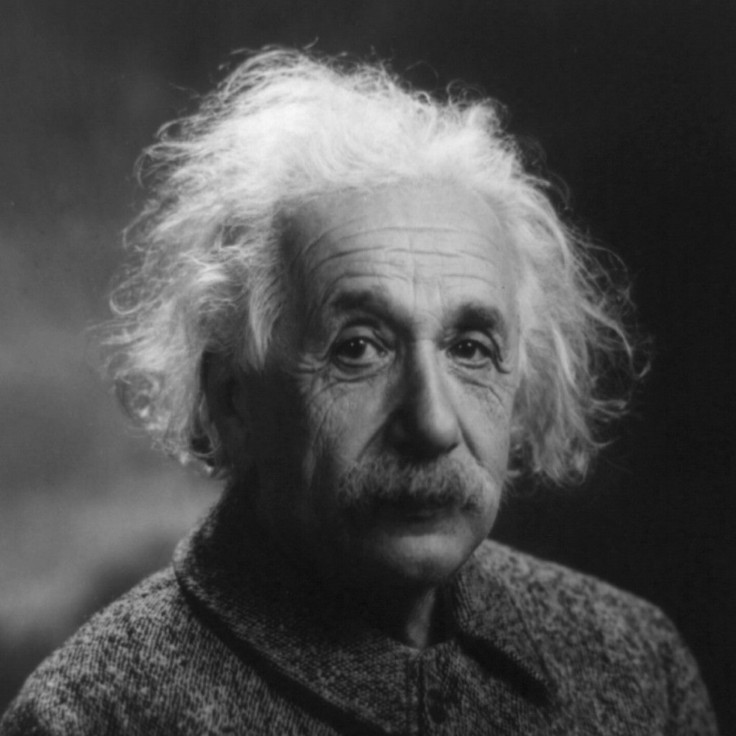Faster-Than-Light Neutrino Puzzle: Was Einstein Right or Wrong?

Last month's announcement by a team of scientists that it had observed sub-atomic particles called neutrinos moving faster than the speed of light has been challenged in a new paper by independent researcher Ronald A.J. van Elburg at the University of Groningen in the Netherlands. Dr. van Elburg's paper contends that the position of the GPS satellites helping synchronize recorded neutrino flight times relative to the Earth caused an error in the team's calculations.
The OPERA (Oscillation Project with Emulsion tRacking Apparatus) team working at Gran Sasso in central Italy had claimed that it had observed sub-atomic particles shot from the CERN headquarters near Geneva in Switzerland traveling to San Grasso 64 nanoseconds faster than the speed of light. Over 15,000 experiments, the neutrinos consistently arrived early, causing the baffled researchers to scratch their heads and wonder if Albert Einstein's theory of special relativity hadn't been wrong; was it, in fact, possible for particles containing mass to accelerate to speeds above that of the speed of light?
The theory asserts that it is impossible for a particle containing mass to accelerate to and above the speed of light - his famous dictum, "E=mc(squared)" - because for it to do so would require an infinite amount of energy. The fact that the tiny neutrino had apparently been observed doing so would have turned one of the very foundations of modern physics on its head and the announcement met with tremendous skepticism from the scientific community. Even the OPERA team members themselves were suspicious of their findings and invited independent researchers to review the findings, though they also maintained that they had made every effort to eliminate and correct for error. Among the dozens of theories that have emerged in the intervening days seeking to debunk the experiment, Dr. van Elburg's appears to have gained the most popularity.
The experiment itself was simple enough; the neutrinos were produced at CERN and then shot the 730 km (or roughly 450 miles) to Gran Sasso, their departure and arrival times noted. To keep the clocks at both locations synchronized, the team used GPS satellites, which broadcasted time signals from orbit - and this, van Elburg says, is where things get complicated.
The paper, published on Oct. 12, focuses upon the significance of the relative motion of the clocks that were on the ground to the clocks onboard the GPS satellites. The satellites used in the experiment, as it happens, orbited in a West-East trajectory that is roughly in line with the neutrino's progress from Switzerland to Italy. According to van Elburg, because the detector at San Grasso, like the rest of Italy and in fact the Earth's surface, was getting closer as it passed below the satellite, the distance the neutrino was required to travel was shorter according to the onboard clock.
"In the reference frame of the clock, the source and detector positions are changing, and from the perspective of the clock the detector is moving towards the source," says van Elburg. He goes on to say that "consequently the distance traveled by the particles as observed from the clock is shorter than the distance separating the source and detector in the clock reference frame" on the ground.
The resulting discrepancy results in a 32-nanosecond reduction in time taken by the neutrino to traverse the distance between CERN and San Grasso. However, van Elburg, says, an additional 32 nanoseconds are accounted for because the error occurs at both ends of the experiment.
Among the dozens of theories that have emerged in the intervening days seeking to debunk the experiment, Dr. van Elburg's appears to have gained the most popularity. However, only continued and arduous peer review will determine whether or not Van Elburg's theory has accurately found the error in the OPERA team's calculations.
© Copyright IBTimes 2024. All rights reserved.





















